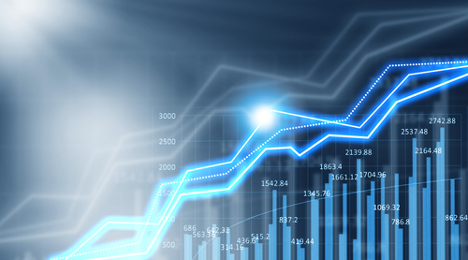July auto default rate continues summertime trend

By subscribing, you agree to receive communications from Auto Remarketing and our partners in accordance with our Privacy Policy. We may share your information with select partners and sponsors who may contact you about their products and services. You may unsubscribe at any time.
NEW YORK –
As what’s happened four out of the past five years, auto finance defaults made a slight uptick in July versus the previous month.
The auto portion of the S&P/Experian Consumer Credit Default Indices released this week showed that defaults increased 4 basis points to come in at 0.86 percent. It would have been five consecutive years when auto defaults rose slightly during this segment of the summer. But data from S&P Dow Jones Indices and Experian indicated that in 2014 the rate stayed the same from June to July at 0.96 percent.
Meanwhile the latest composite rate — which represents a comprehensive measure of changes in consumer credit defaults — increased 1 basis point on a sequential basis to 0.83 percent.
Analysts determined the bank card default rate experienced its biggest drop in 12 months, falling by 18 basis points in July to 3.31 percent
The first mortgage default rate increased 2 basis points from June to 0.62 percent.
Taking a look at the data geographically, analysts noticed three of the five major cities they trace saw their default rates decrease in July.
Subscribe to Auto Remarketing to stay informed and stay ahead.
By subscribing, you agree to receive communications from Auto Remarketing and our partners in accordance with our Privacy Policy. We may share your information with select partners and sponsors who may contact you about their products and services. You may unsubscribe at any time.
New York had the largest decrease, down 6 basis points from June to 0.82 percent.
Los Angeles reported in at 0.63 percent for July, dropping 3 basis points from the previous month.
Chicago came in at 0.90 percent, down 1 basis point from June.
Dallas posted an increase of 10 basis points from the previous month to 0.77 percent.
Miami marked the high point of the five locations with a rate of 1.23 percent for July, up 6 basis points from June.
As he does during each update, David Blitzer, managing director and chairman of the index committee at S&P Dow Jones Indices offered his assessment of the latest trends.
“Default rates for autos and first mortgage loans are at their lowest points in the last 10 years, while bank card defaults remain modest,” Blitzer said. “"Consumers’ use of credit is growing, and the level of consumer credit outstanding is at an all-time high.
“In the year ending June 2017, consumer credit outstanding rose 5.7 percent, outpacing most spending categories across the economy. However, retail sales excluding autos as well as auto sales are down slightly since April, while home sales are little changed in recent months,” he continued.
“While total consumer credit is at an all-time high, revolving credit — principally bank card loans — is close to the same level as mid-2008 early in the recession and financial crisis,” Blitzer went on to say. “At that time, revolving credit accounted for 38.5 percent of credit balances compared to 26.5 percent today. The revolving credit share of the total has declined steadily since 2008.”
Blitzer added the share of non-revolving credit rose, and total non-revolving climbed from 61.5 percent to 73.5 percent of total consumer credit usage. He indicated the largest components of non-revolving credit are auto loans and student loans.
Auto loans currently are about 40 percent of non-revolving credit.
“Student loans are the largest factor in the growth of non-revolving credit since 2008. Currently, they represent about 51 percent of non-revolving credit outstanding and 37.6 percent of total consumer credit outstanding,” Blitzer said.
Jointly developed by S&P Indices and Experian, analysts noted the S&P/Experian Consumer Credit Default Indices are published monthly with the intent to accurately track the default experience of consumer balances in four key loan categories: auto, bankcard, first mortgage lien and second mortgage lien.
The indices are calculated based on data extracted from Experian’s consumer credit database. This database is populated with individual consumer loan and payment data submitted by lenders to Experian every month.
Experian’s base of data contributors includes leading banks and mortgage companies and covers approximately $11 trillion in outstanding loans sourced from 11,500 lenders.


